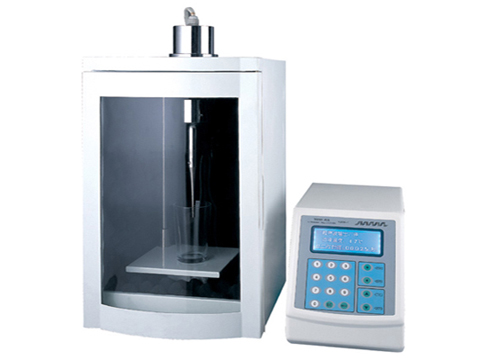1.Application of Ultrasonic Cell Crusher| Ultrasonic Processor| Probe Sonicator in Gene Sequencing
With the development of technology, there are more and more research methods on genetic information and its expression regulation. High throughput sequencing technology is one of the most effective methods. At present, high-throughput sequencing has been widely used to study genetic information and gene expression regulation information. However, sample libraries of appropriate size DNA fragments need to be prepared before sequencing.
Therefore, genomic DNA needs to be fragmented before sequencing to make its fragment length meet the requirements of sequencing. RNA-seq also requires the same length of sequencing fragments as high-throughput DNA sequencing. At present, the average sequence reading length of the three main sequencing platforms is in the range of 100-400 bp. Among them, Illumina sequencing platform is the mainstream. Its reading length of sequencing fragments is 150 BP * 2, and the length of sample DNA fragments required for double-ended sequencing is about 300 bp. Too long or too short fragments can not economically and effectively achieve high-throughput sequencing process. If the fragment is too long, it will be inefficient to immobilize DNA onto the solid matrix and affect the subsequent sequencing effect and reduce the sequencing quantity. If the fragments are too short, it will lead to the length of sequencing reading, increase the cost of sequencing and the workload of subsequent splicing. Therefore, high quality nucleic acid fragments should be obtained before sequencing.
2. Usage of Ultrasonic Cell Crusher| Ultrasonic Processor| Probe Sonicator
Before the Ultrasonic Cell Crusher| Ultrasonic Processor| Probe Sonicator, it is necessary to dissolve the sample in the solution, and then crush the sample by ultrasonic probe.
3. Application of Ultrasonic Cell Crusher| Ultrasonic Processor| Probe Sonicator
Instruments are widely used in biology, microbiology, physics, zoology, agriculture, pharmacy, petroleum and other fields of teaching, research, production. Suitable for small sample size and large sample size experiments, such as cell breakage and lysis; extraction of protein and nucleic acid; pruning DNA/RNA; nanotechnology research, nanomaterials dispersion; chromatin immunoprecipitation technology; sample homogenization and emulsification; accelerated dissolution, accelerated chemical reaction and other sample processing

